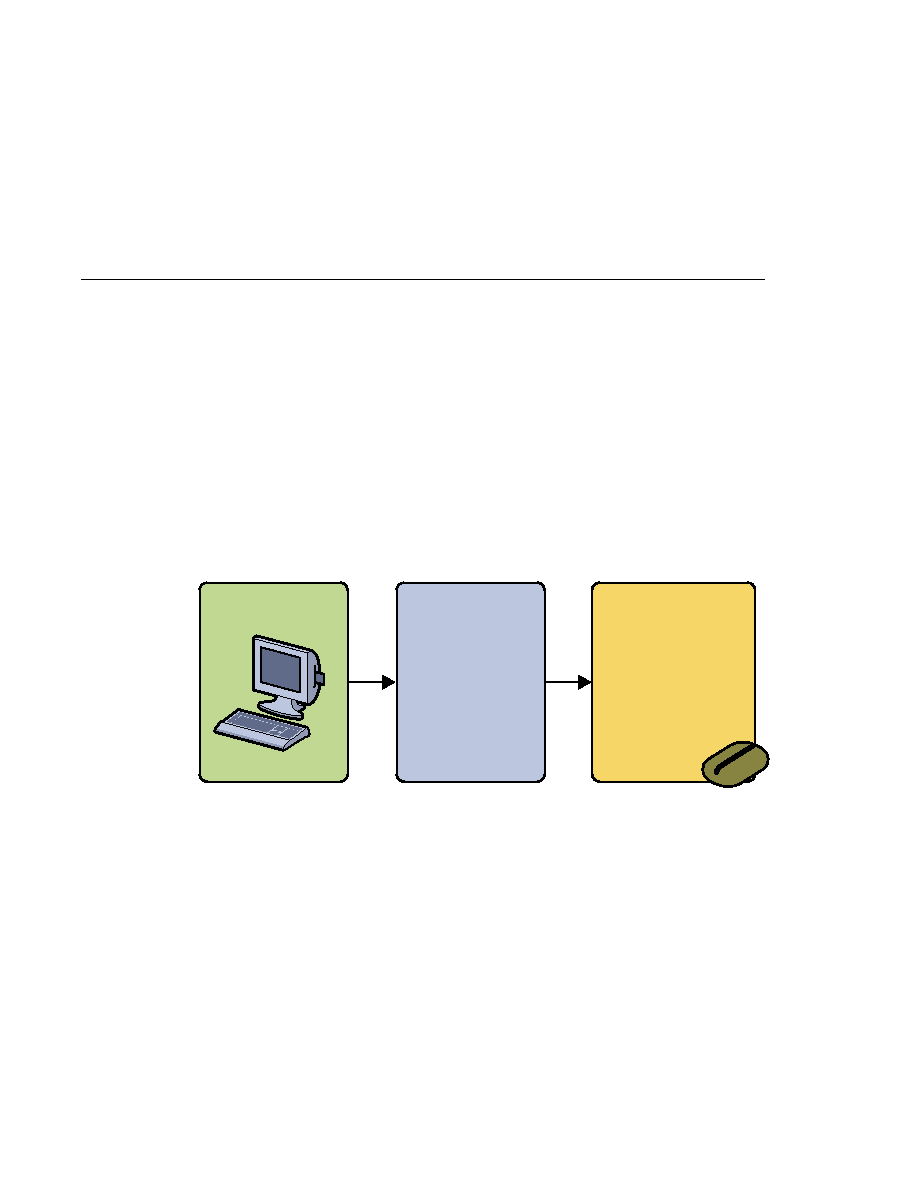
Local Clients
Local Clients
To create an enterprise bean that allows remote access, you must do one of the following:
Decorate the business interface of the enterprise bean with the @Remote annotation:
@Remote
public interface InterfaceName { ... }
Decorate the bean class with @Remote, specifying the business interface or interfaces:
@Remote(InterfaceName.class)
public class BeanName implements InterfaceName { ... }
The remote interface defines the business and life cycle methods that are specific to the bean. For
example, the remote interface of a bean named BankAccountBean might have business methods
named deposit and credit.
shows how the interface controls the client's view of
an enterprise bean.
Local Clients
A local client has these characteristics:
It must run in the same JVM as the enterprise bean it accesses.
It can be a web component or another enterprise bean.
To the local client, the location of the enterprise bean it accesses is not transparent.
Remote Client
Remote
Interface
deposit()
credit()
BankAccountBean
FIGURE 201
Interfaces for an Enterprise Bean with Remote Access
Defining Client Access with Interfaces
Chapter 20 · Enterprise Beans
637

